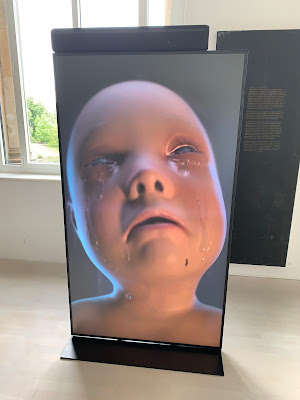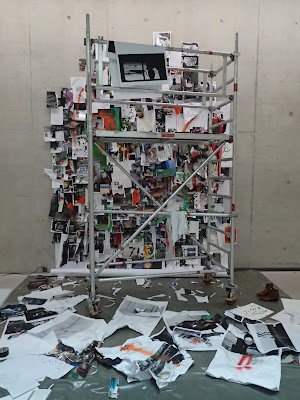On this trip was hosted by Switzerland Tourism, and travelled via the excellent Swiss Travel Pass.
Here a few curios I encountered...
1. Hotel in a brewery. The B2 Boutique Hotel sits within a massive industrial complex once occupied by a brewery above the Sihl River in the city’s west. As a result, it has large amounts of space to play with - hence this soaring restaurant area decorated with a donated collection of thousands of books, and enormous chandeliers made from beer bottles. Oddly, it works:
2. It has grungy bits. I went on a walk around the neighbourhood of Zürich West, a former industrial area which nowadays is becoming a hip entertainment zone. In between those eras it was a shady, off-the-grid nightlife ‘hood, with illegal nightclubs that operated as late as (gasp) after midnight in the days when Zürich was tucked up in bed at an early hour. There’s still a dash of this early grunge along Geroldstrasse, with its bars and clubs.
3. There’s English everywhere. As you can see from these photos taken at the annual Street Food Festival, there’s a lot of English language used in commercial signage. This doesn’t seem to bother the Swiss as much as it does the French. Presumably if you already live in a nation of four official languages, letting a fifth one slide in is not a problem:
4. The Guilds are alive. In medieval times, every resident of Zürich had to belong to a guild. These specialised societies are still a big visual presence in the Old Town, via their individual headquarters decorated with distinctive emblems. This one, believe it our not, denoted wine and food merchants:
5. There’s a freeway that goes nowhere. Right behind my hotel was this view of a freeway over the Sihl River... which just stops. I was curious about it until I noticed this poster on a nearby fence one day:
6. Stories for free! On my last few hours in Zürich, I noticed this curious machine inside a waiting room at the main train station. Press a button, and it dispenses a short story for free, in a choice of languages. Any city that provides fiction to those in need of diversion is my kind of town.














